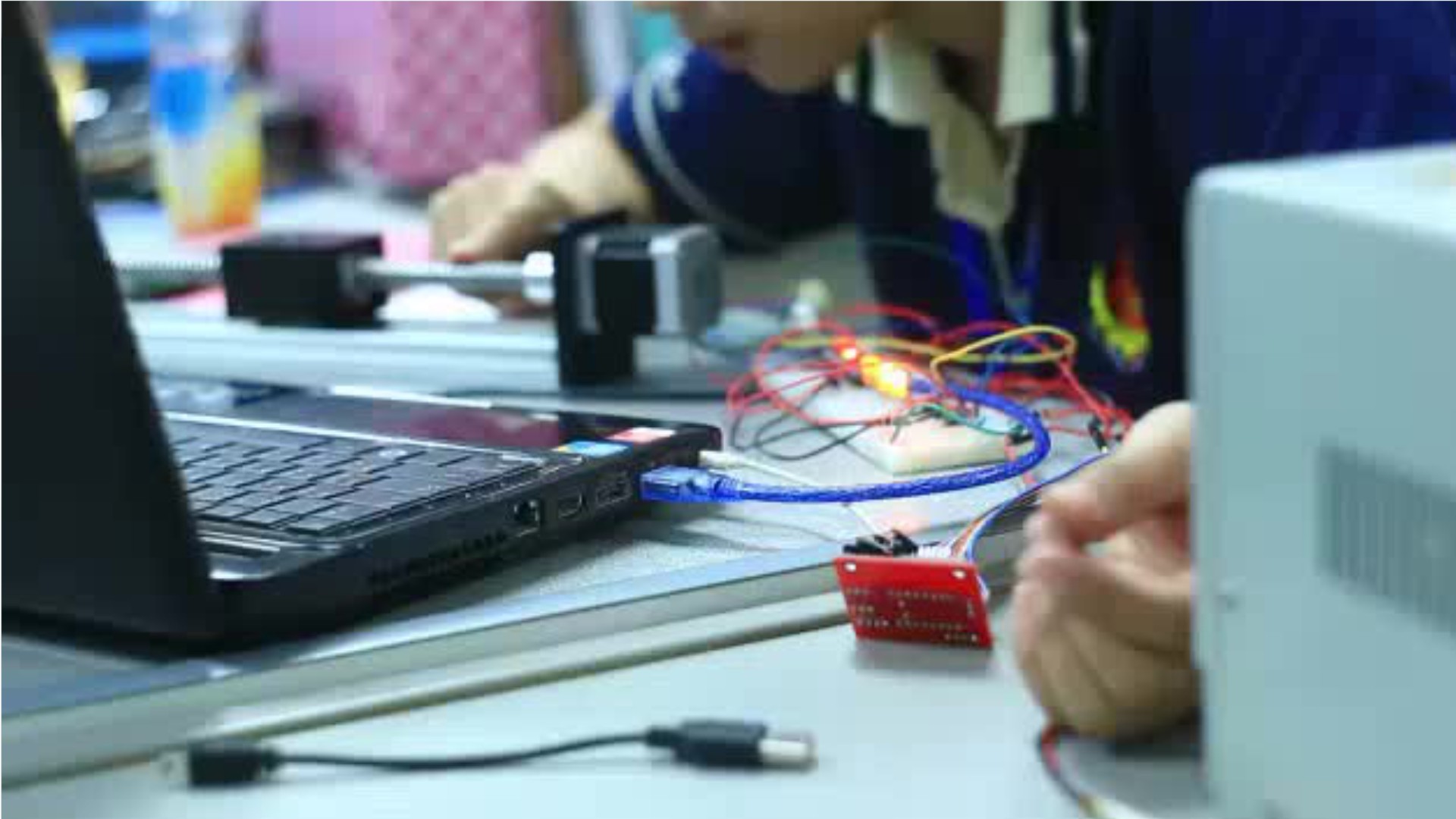Electrical & Electronics Installers & Repairers, Transportation Equipment
Critical Systems Technician, Electronic Bench Technician, Locomotive Electrician, Power Technician (Power Tech)
 Select a military branch to see samples.
Select a military branch to see samples.
Advanced Fighter Aircraft Integrated Avionics; Aerospace Ground Equipment Helper; Avionics Test Station, Components, And Electronic Warfare Systems Journeyman; Fighter Aircraft Integrated Avionics Journeyman, A-10/U-2 Avionics; MHU-139 Electrical, Environmental, and Avionics Technician Helper; Refuel/Bomber Aircraft Maintenance Helper, B-2; Special Mission Aviator Apprentice, AC-130J Gunner; Special Mission Aviator Craftsman, HH-60 Flight Engineer; Special Mission Aviator Helper, UH-1N/TH-1H Flight Engineer; Special Mission Aviator Senior Enlisted Leader, CV-22 Flight Engineer
AH-64 Armament/Electrical/Avionics Systems Repairer; Air Traffic Control Equipment Repairer; Aircraft Electrician; Automotive Maintenance Warrant Officer; Avionic Mechanic; Electronic Missile Systems Maintenance Warrant Officer; Field Artillery, General; Radar Repairer; Senior Electronic Maintenance Supervisor; UH-60 Helicopter Repairer/Aircrew Member
Aviation Engineering Specialty; Aviation Maintenance Technician; Avionics Electrical Technician; Electrician's Mate; Electronics Technician; Gunner's Mate; Information System Technician; Marine Safety Specialist Engineer; Naval Engineering Specialty
Air Support Operations Operator; Aircraft Avionics Technician, AV-8B; Aircraft Avionics Technician, V-22; Aircraft Communications/Navigation/Radar Systems Technician, F/A-18; Aircraft Electrical/Instrument/Flight Control Systems Technician, IMA; Aviation Electronic Micro/miniature Component and Cable Repair Technician, IMA; Avionics/Maintenance Technician, Unmanned Aircraft System (UAS); Engineer Equipment Mechanic; Ground Electronics Transmission Systems Maintainer; Mobile Facility Technician
A/F 37T-21 Aircraft Engine Components Test Stand; AN/BQQ-10(V) 14/16/18 Operator/Maintainer; AN/SQQ-89A(V)-15 Situational Awareness Workstation Operator (SAWO); Aviation Electrician's Mate Organizational Level Technician; Cryptologic Systems Installation Technician; Electronic Warfare Systems Specialist; Information Systems Technician Submarines; MH-60R Electronics Systems Organizational Career Maintenance Technician; Planning Series - AN/BQQ-10(V) TI-2X Maintainer; SSN/SSGN AN/BLQ-10A (V) Submarine Electronic Warfare Support (ES) Equipment Operator
No similar titles were found.
What they do:
Install, adjust, or maintain mobile electronics communication equipment, including sound, sonar, security, navigation, and surveillance systems on trains, watercraft, or other mobile equipment.
On the job, you would:
- Inspect and test electrical systems and equipment to locate and diagnose malfunctions, using visual inspections, testing devices, and computer software.
- Reassemble and test equipment after repairs.
- Adjust, repair, or replace defective wiring and relays in ignition, lighting, air-conditioning, and safety control systems, using electrician's tools.
Knowledge
Engineering and Technology
- product and service development
- computers and electronics
Math and Science
- arithmetic, algebra, geometry, calculus, or statistics
- physics
Safety and Government
- public safety and security
Arts and Humanities
- English language
Skills
Basic Skills
- thinking about the pros and cons of different ways to solve a problem
- listening to others, not interrupting, and asking good questions
Problem Solving
- noticing a problem and figuring out the best way to solve it
Abilities
Hand and Finger Use
- keep your arm or hand steady
- hold or move items with your hands
Verbal
- listen and understand what people say
- communicate by speaking
Ideas and Logic
- notice when problems happen
- order or arrange things
Personality
People interested in this work like activities that include practical, hands-on problems and solutions.
They do well at jobs that need:
- Cautiousness
- Attention to Detail
- Dependability
- Integrity
- Perseverance
- Stress Tolerance
Technology
You might use software like this on the job:
Graphics or photo imaging software
- Adobe Creative Cloud software
- Adobe Illustrator
Presentation software
- Microsoft PowerPoint
Computer aided design CAD software
- Autodesk Revit
- Trimble SketchUp Pro
Education
Education: (rated 3 of 5)
certificate after high school or
high school diploma/GED
usually needed
high school diploma/GED
usually needed
Job Outlook
Bright
New job opportunities are very likely in the future.
Explore More
- Avionics Technicians
- Electric Motor, Power Tool, & Related Repairers
- Electrical & Electronic Engineering Technologists & Technicians
- Electrical & Electronics Repairers, Commercial & Industrial Equipment
- Electrical & Electronics Repairers, Powerhouse, Substation, & Relay
You might like a career in one of these industries:
See more details at O*NET OnLine about Electrical & Electronics Installers & Repairers, Transportation Equipment.






